Electric vehicles (EVs) are becoming more common and affordable every year. For many car owners, an EV makes practical and economic sense. Adding a charging station to your home lets you get the most out of your vehicle. This EV charging guide looks at the basics of EVs, and examines the different types of chargers, installation decisions, and provides some criteria to help you pick a charger that meets your needs.
There’s a shift taking place in where Americans get their energy from, and in how we use energy. The proportion of renewable energy in our electrical grid has increased over 100 percent since the year 2000, and renewable energy, like wind and solar, now make up 17% of electrical generation. And that number is rising fast. It’s projected that solar electricity generation will increase to nearly half of the renewable energy produced in the US by the year 2050, up from around 10% now.
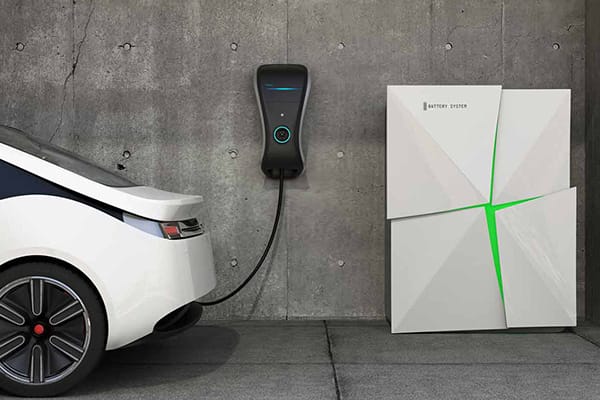
Along with the shift towards renewable energy in our electrical grid, there’s a shift taking place in how we consume energy. One of the most significant changes is in the use of electric vehicles. Over one million electric vehicles (EVs) are on the road now in the United States, and the number is projected to increase to nearly 20 million by the year 2030. With this shift in vehicle energy use will come changes in the infrastructure necessary to keep these cars on the road. In particular, there will be a great need for homes equipped with EV charging stations to quickly and safely charge up their batteries.
Making the change from conventional gas and diesel vehicles to electric cars may seem like a big jump. And you can be forgiven for having a lot of basic questions about how well an electric vehicle will match your lifestyle. Let’s examine some of the common questions about EVs.
Most American households spend about 20% of their income on transportation-related costs, with a big slice of that amount going towards fuel. And you know how much that amount can vary depending upon the cost of fuel at the pump. The cost of electricity is much more stable, and the US Department of Energy estimates that the cost of an eGallon (the electrical equivalent of a gallon of gasoline) is about one-half the cost of gasoline. You can lock in even more savings if you charge your EV on off-peak times, like at night.
That will vary, depending upon the vehicle. However, EV range is improving with each new generation of vehicles. The average electric car will need to be recharged every 100-150 miles, although some models have ranges exceeding 300 miles or more. If that range concerns you, consider that most Americans drive less than 30 miles per day, making an EV a practical choice for almost all applications.
Charging time depends on the size of the vehicle’s battery, the current level of battery charge, and the speed of the charging point. There are three basic kinds of chargers: 110-volt, 220-volt, and high-voltage rapid chargers. The first two are used in home applications, with rapid chargers requiring a more robust electric infrastructure and are found in public and commercial locations.
To generalize, most owners won’t need to charge their EV fully each day, so topping up using a basic 110-volt charging station might be all you need. With 110-volt chargers, it could take 14-20 hours to get a full charge on an empty battery. But if your usage is heavier, you may want to take advantage of faster charging options. 220-volt chargers can fully charge most vehicles in a shorter time, ranging from 4-8 hours. We’ll discuss home charging in much more detail later on.
All-electric vehicles require quite a bit less maintenance than conventional gas- and diesel-powered vehicles. The electric drive, battery, and electronics require little scheduled maintenance, and you don’t need to worry about fluids like oil, with the associated filters and fluid lines.
If you’ve experienced the gradual deterioration of your smartphone’s battery, you can be forgiven for worrying about how long the battery pack in an EV will last. And, granted, replacing the battery pack in an EV can be an expensive proposition.
Real-life experience has shown that there’s not much to worry about. Most EVs will lose a very small percentage of their battery capacity over the lifespan of their vehicle, and most EVs come with specific warranties to protect you from premature battery failure.

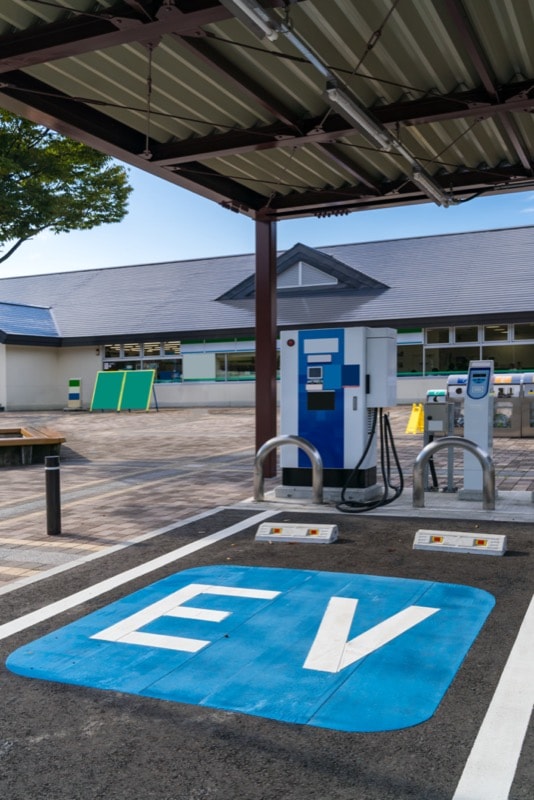
It seems clear then, that there are some real advantages to going electric. The final piece of the puzzle is the financial equation. Early electric vehicles were priced at a premium, and the impression that they’re a toy for the wealthy has stuck to EVs to some extent. But when we crunch the numbers the picture looks pretty positive.
But what about the cost of adding a charging station to your home? There’s good news there, too.
Home charging stations that allow faster charging usually cost in the $500-1000 range, not including installation. That’s an extra cost that you’ve got to factor into the EV equation if you want the most convenient and seamless EV experience. But there’s good news available, in the form of a bill passed by Congress in 2019.
Consumers who purchase qualified residential fueling equipment prior to December 31, 2020, may receive a tax credit as follows:
Best of all the credits are retroactive back to 2017. So if you were an early adopter, you’ve got a tax credit waiting for you. To find out more, talk to your tax professional, or take a look at this information from the US Department of Energy.
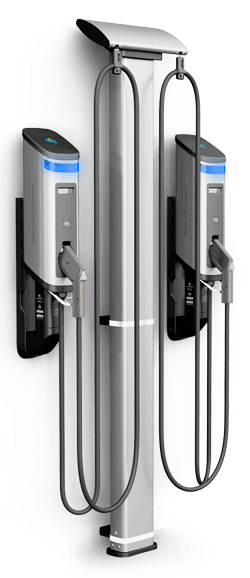
If you’re going to invest in an EV, you’ll probably want to install a home charging station. The ability to quickly charge your car at home adds more utility to your purchase and lets you quickly top off the batteries each day when you’re home. We’ll look at the different types of chargers, installation decisions, and give you some guides to help you pick a charger that meets your needs.
We’ve talked about charging stations and chargers so far, but the actual terminology for what you’ll install in your home is EVSE — Electric Vehicle Supply Equipment. For purposes of simplicity, we’ll consider terms like “charging station” or “charger” to be the same as EVSE. There are two types of EVSE you can use in your home, Level 1 EVSE and Level 2 EVSE.
As noted, Level 2 chargers are significantly faster than Level 1 units. You should evaluate your specific needs when deciding whether you need to invest in the extra expense of a Level 2 charger. Consider these questions:
Level 1 chargers will work in virtually any home that has a standard electrical system. Level 2 charging stations have more specific requirements. It’s important to evaluate your home’s readiness for a Level 2 charger.
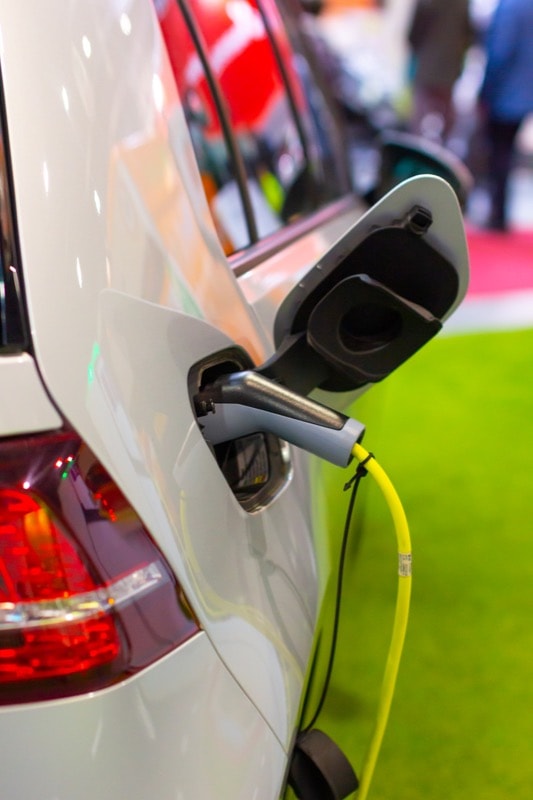
Hardwired charging stations are a cleaner installation — there’s no need to worry about finding an outlet to plug into. And if you’re using a Level 2 charger you’ll need to plug into an existing 220-volt outlet, which may already be in use, or have a new outlet installed. One significant advantage of a plug-in charger is that you can take it with you. If you travel a lot for extended stays, like to a vacation home or to visit a family member, you may find it useful to take your charger with you, especially if you can tap into a 220-volt outlet at the location you’re going to visit.
The best location of your charging station depends on several factors, including access to existing wiring, convenience, and more. Let’s examine some useful parameters.
A Level 1 system is a pretty simple install if you’re plugging it into an existing wall outlet. Your only concern is locating the wall unit near a plug and installing it on the wall. Some Level 1 units can be hardwired into your home’s existing wiring so a plug isn’t required. If you’re not completely confident in your ability to do this job, you should hire a qualified electrician.
Level 2 systems can present many more complications. As we noted earlier, Level 2 EVSE uses 220-volt power, and you’ll need to add a completely new 220-volt circuit. This work is best left to a qualified electrician who’s up to speed on existing codes and can do the job safely.
Absolutely! You can install solar panels that are dedicated to supplying power to your charging station. Or, if you already have solar panels, you can tie into your home’s inverter to provide power. Once you’ve accounted for the cost of the panels, inverter and charger, your power is then free. Of course, if you plan on primarily charging your car overnight, a dedicated solar charger may not be a wise investment.
Hardwired charging stations are a cleaner installation — there’s no need to worry about finding an outlet to plug into. And if you’re using a Level 2 charger you’ll need to plug into an existing 220-volt outlet, which may already be in use, or have a new outlet installed. One significant advantage of a plug-in charger is that you can take it with you. If you travel a lot for extended stays, like to a vacation home or to visit a family member, you may find it useful to take your charger with you, especially if you can tap into a 220-volt outlet at the location you’re going to visit.
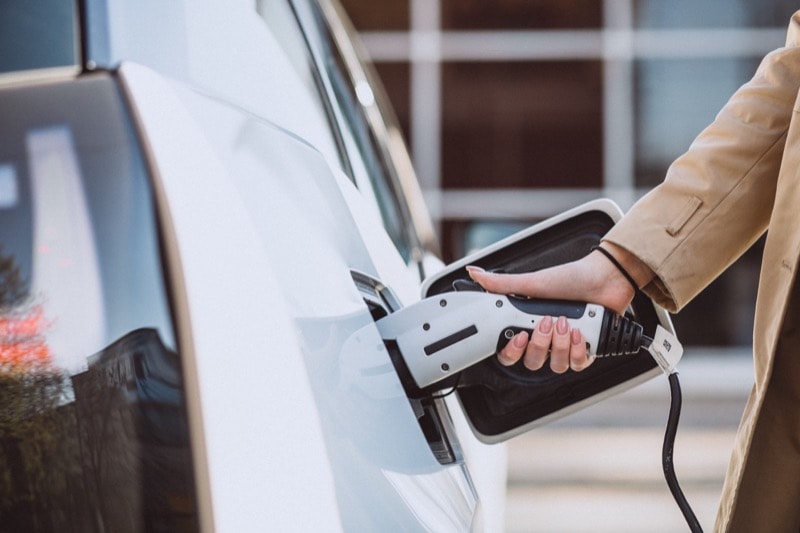
Now that you’ve considered all of these issues, you’re probably ready to start shopping for a home EV charging station. Now the fun begins! While the simplest chargers aren’t much more complicated than an extension cord, there are plenty of features you can look for that will make your charging station work better and smarter for you. Besides, there are issues of capacity and safety that you should consider.
Maybe you already have a smart device in your home, like a programmable thermostat. If so, you’ve experienced the convenience these devices offer. Many charging stations now provide similar features. Here are a few examples of what a smart charger will allow you to do.
You want to be certain you’ve got enough cable to reach your vehicle, of course. But a longer cable will provide more flexibility, especially if you have two EVs, or you want to have the option of letting a friend plug in their car when they’re visiting.
Not all charging stations refresh your EV’s battery at the same speed, even if they’re the same level of charger. The difference is in the amperage. Chargers with a higher amperage rating can handle more current, so your car will charge faster. For example, a Level 2 charger with a 30-amp rating may provide about 25-30 miles of range per charging hour, while a 50-amp charger may boost that up to over 35 miles per hour. Check your vehicle’s specs to see how high an amperage it can handle.
Adding a major electrical appliance to your home isn’t something you want to do on the cheap. Research the chargers you’re considering and see if they are UL rated for safety. And look for Energy Star certifications to identify the most efficient chargers.
When it’s time to have a charger installed, be sure to hire a contractor whose workers are licensed, insured, and specially trained in EV charging station installations.
While there is an upfront cost to purchasing a charger and having it installed, you’ll more than make up the expense by your savings on fuel. And you can save money by taking advantage of tax credits and choosing smart chargers that allow you to schedule your charging during times when electricity costs are lower.
You’ll find plenty of options when you start shopping for a home charging station for your electric vehicle. Keep in mind the key points we’ve discussed here and you’ll be sure to make a smart choice.
EVs are here to stay. More and more are taking to the road, and the infrastructure for charging on the go is becoming more extensive and robust every day. If you’re considering making the switch to an electric vehicle, it’s an exciting time.
With the addition of an efficient home charging station, an electric car becomes an even more useful tool. Choose the charger that’s right for your needs and you’ll keep your car charged and ready to go at the lowest possible cost in the shortest possible amount of time.
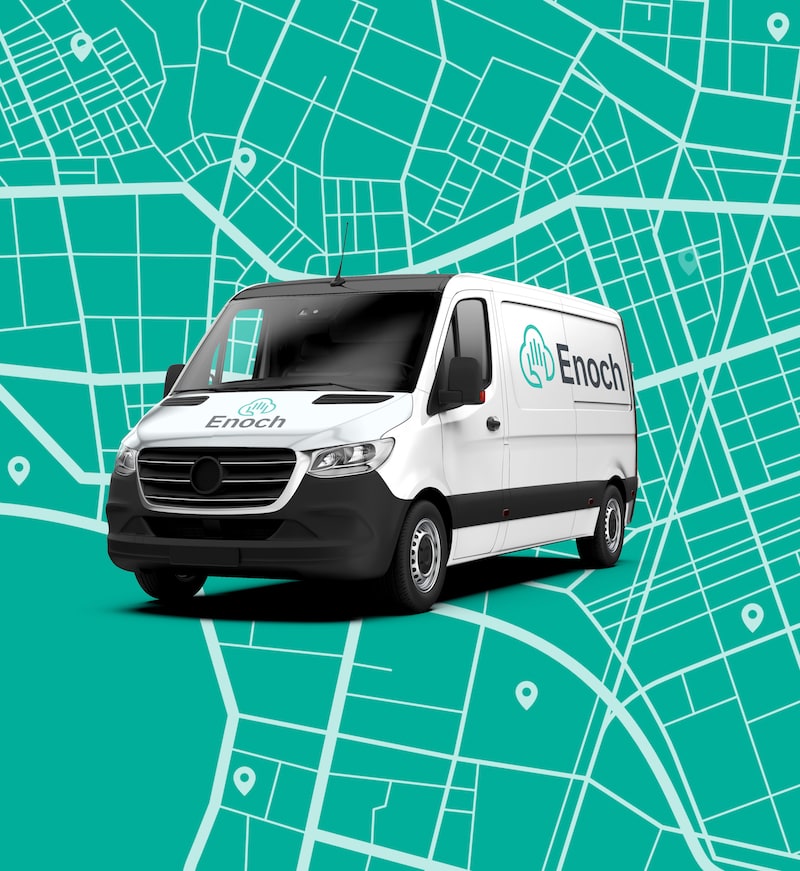
Hi good mornings I was just reading about these electric charging point, this is concern towards my college project and I am wondering if there any chance I could get an estimate of how much it would cost to produce a portable car charger.
Thanks
Donavon
Hey Donavon, We can surely provide you with a quote. Please get in touch with us by phone at 817-888-8880 so we can get more detail and provide you with a quote. Kind regards.
My current panel does not have an outlet I can use would an outside charger be a better option tied to my solar panels on the garage?
Asha, It would be difficult to answer without having more specifics on your actual setup. Please get in touch with us and one of our electricians can answer any questions you may have regarding the connection of your EV charger.